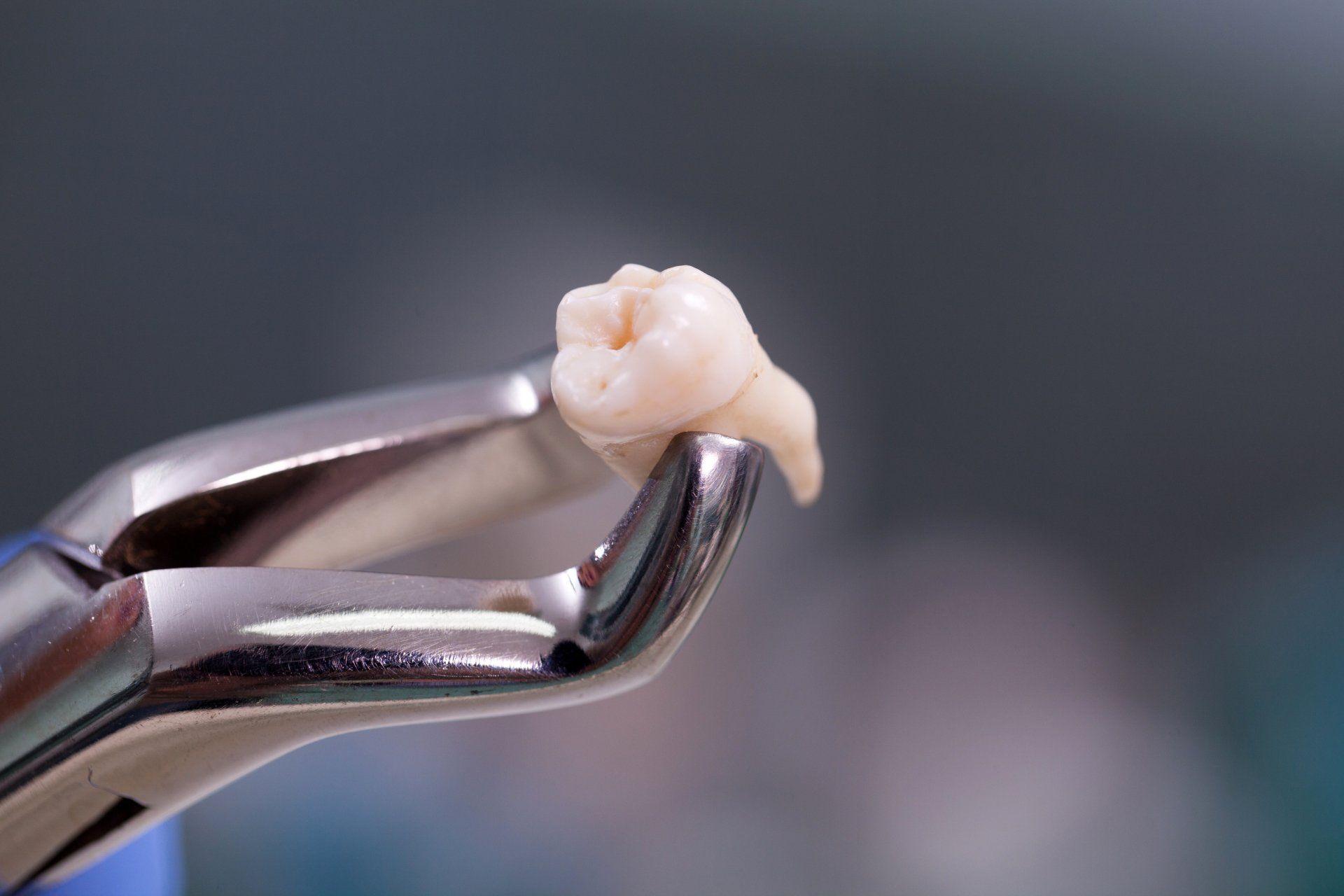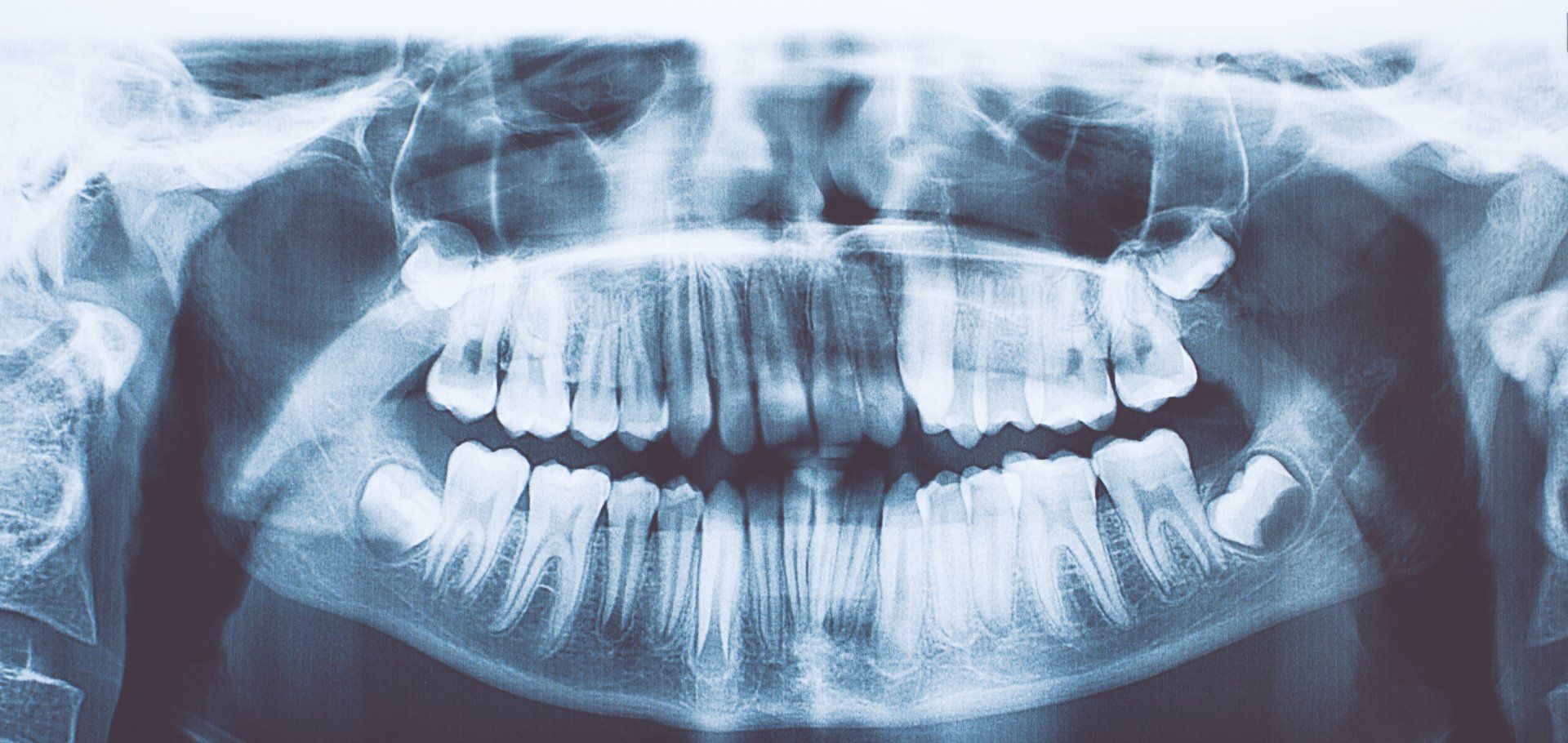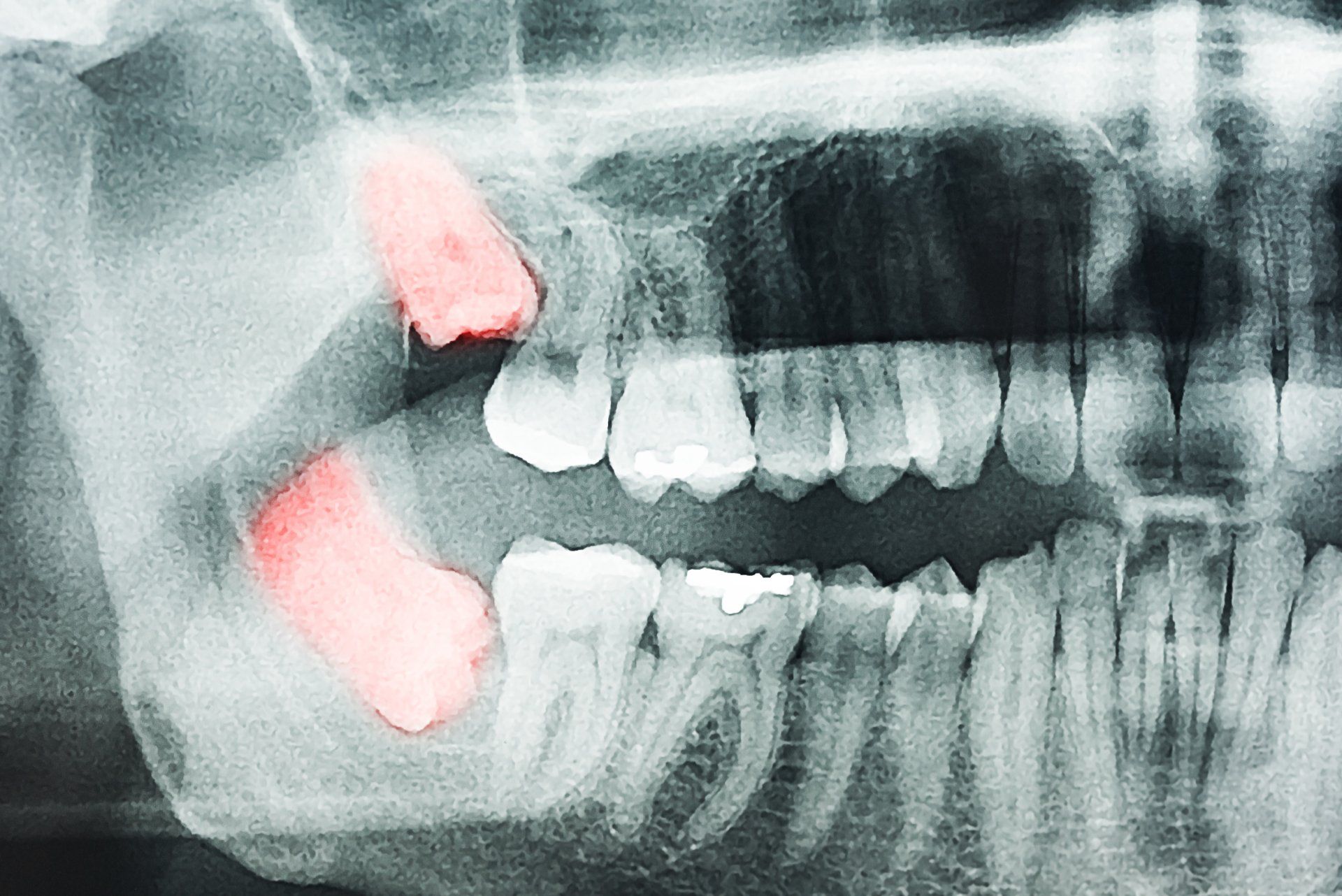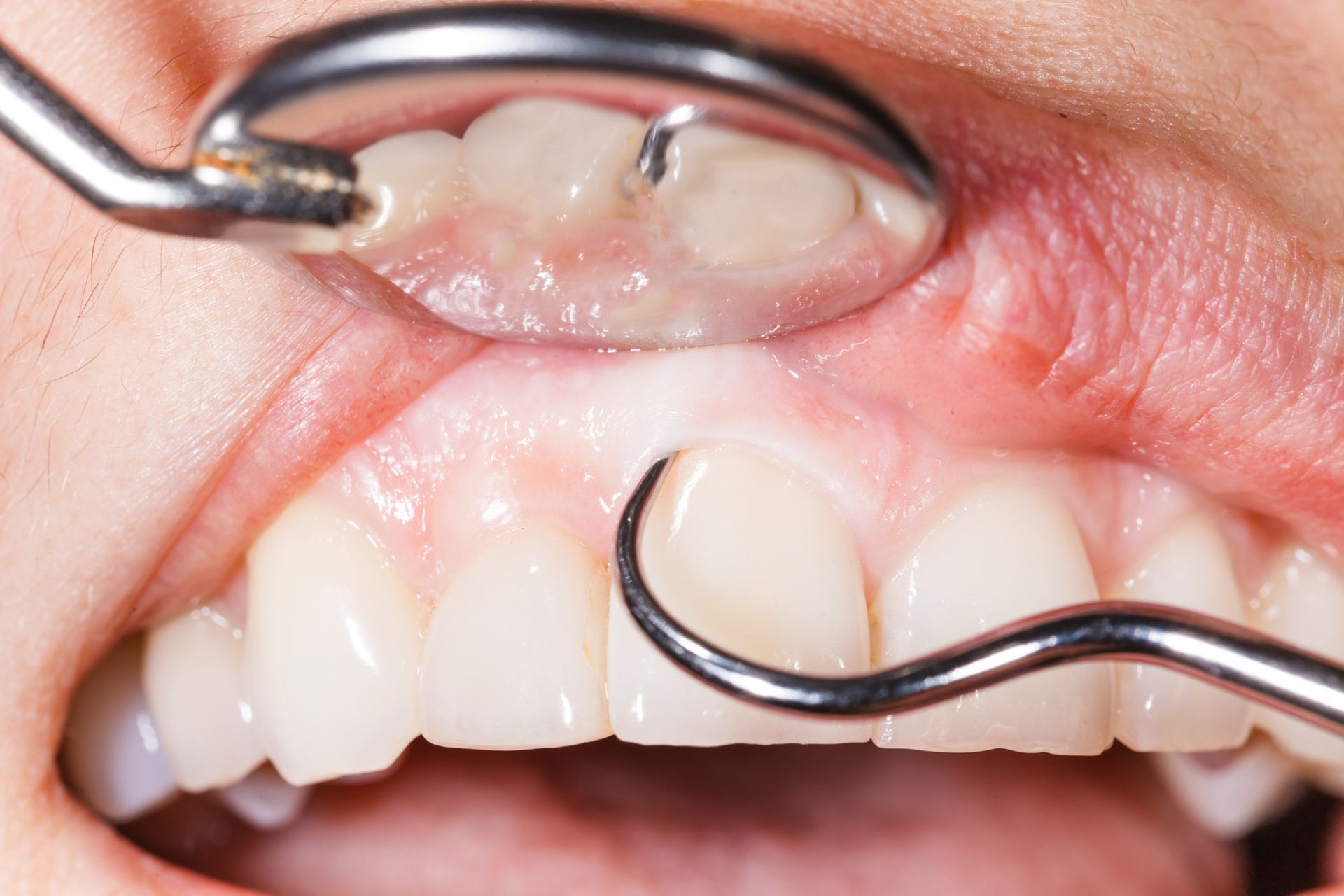3 Ways to Treat Gum Recession & Why You Need to Take Care of it
August 9, 2019
Gum recession or gingival retreat is a common condition that can have a lasting impact on your health and well-being. It increases the risk of gum and dentin infection, as the more your gums recede, the more exposed the nerve endings in the roots of your teeth will be.
This will make you more likely to experience pain and sensitivity in your teeth. Therefore, it’s imperative that you know how to take care of your gums to avoid this problem so that you don’t end up dealing with more severe illnesses.
With that said, here are our tips on how to take care of your gums when you notice signs of recession:
Why Gum Recession is a Serious Problem?
The first thing you need to do when you notice that your gums are receding is to assess the root cause of the problem. Typically, receding gums are caused by excessive or violent brushing, as the bristles of your toothbrush will push down your gums with each session. That said, it can also be caused by other behaviors, such as improper use of dental floss or toothpicks.
Chewing tobacco, smoking, and the excessive consumption of alcohol can also increase the risk of gum recession. This can also be a hereditary condition, so if your family has a history with it, we recommend that you talk about it with your dentist.
What are bridges?
Dental bridges are used to replace a missing tooth by providing a stand for the tooth replacement to sit on top of. The base structure is fitted into the gumline via a small incision. The root of the bridges will then be placed in the section of the gum where the tooth once was, which will then be locked in place. A replicated tooth will then be placed on top of the bridge and secured in place. Compared to dental implants, bridges may not be as long-lasting and secure, but it’s an affordable option that can help get the job done all the same. It can help prevent gum recession and infection as well, making it an all-around great treatment option for tooth loss.
Top Treatments for Gum Recession:
Now that you know what causes gum recession, let’s move on to how you can treat it to avoid having to get surgery:
1. Deep Cleaning
The first and best option to stop gum recession is to get your teeth deep-cleaned by a dentist. Gum recession can be caused by stains between your teeth, which means that deep cleaning can help to slow down the progress of receding gums and buy you some more time.
2. Gingival Graft
Gum grafting is a minor surgical process that takes a part of your gum from another area of your mouth and places it where your gums have receded the most. It’s a painless, low-risk, and fast process that can restore your gum to the best condition within weeks.
3. Bone Regeneration
For a severe case of gum recession, there may be some damage to the bone structure under your gums. If that happened to you, you will need to undergo a bone regeneration treatment to give your gums a healthier foundation to hold on to. This is a much more time-consuming and expensive treatment, but it can help return your teeth and gums to the best condition. This treatment will also help reduce the risk of cavity and dentin infection.
At DAAS Dentistry, we provide dental services for everyone. We have caring and experienced professional staff who are highly trained to ensure that you have a pleasant visit. Get in touch with us today to see how we can help.

Dr. Ehab Daas
Meet your doctor
Dr. Ehab is a passionate dentist with 15 years of dental experience. He received his D.D.S in 1997, and has practiced dentistry for 6 years since then. Immediately after that, Dr. Da'as moved to Paris to get his Orthodontics and Prosthodontic diploma's in which he specialized in fixed bridges and crowns. He graduated from France with remarkable achievements in 2005, and went on to work for 9 years, focusing on difficult orthodontics cases and satisfying his ortho patients. Dr. Ehab moved to Canada in 2014 to continue his career, where he is proud and extremely honoured to provide his patients with the highest quality service.
Learn More










